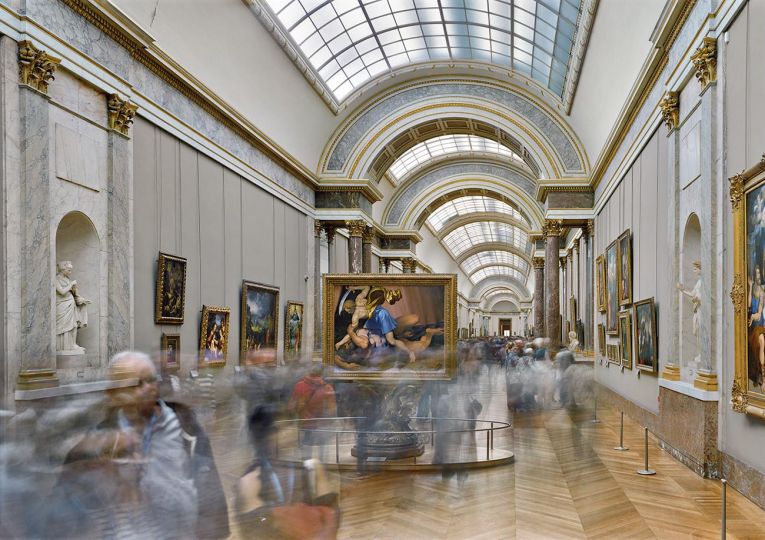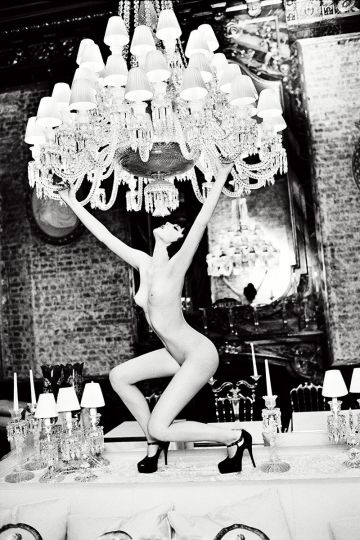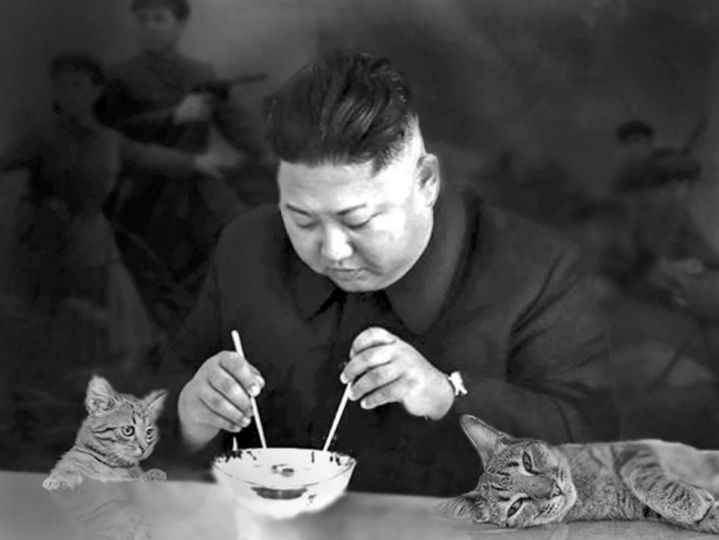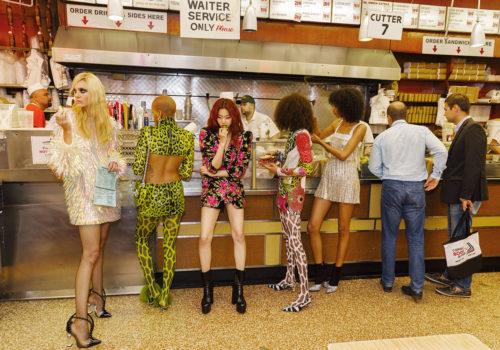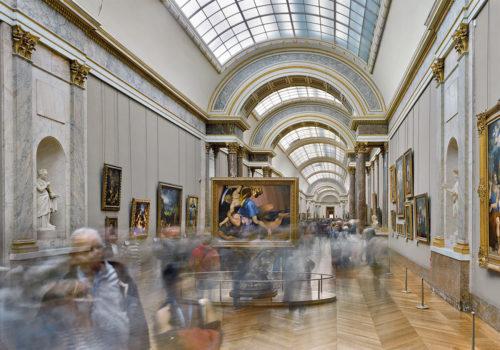Since the Maison Européenne de la Photographie opened in Paris in 1996, Irène Attinger has been its head librarian. The library possesses over 32,000 books, published between 1950 and the present, which are freely available to the public. Irène Attinger looks back in her book at the origins and the evolution of this library, and shares her passion with The Eye of Photography.
Created in 1996, the library of the Maison Européenne de la Photographie is a veritable treasury of international fine photography publishing, covering the decades between 1950 and the present; it currently holds over 32,000 volumes. Among the works of photographers representative of the past sixty years, I have selected a hundred books that illustrate the wonderful editorial adventure in photobook publishing, from photogravure to digital printing. Initially dominated by exhibitions (the catalog) or built around literary texts, the photobook has become increasingly autonomous and won the status of a work of art in its own right. This is underscored, starting in the 2000s, by the proliferation of works about photobooks.
The selection featured in this volume does not aspire to be a “hit parade” of the most important publications or to a presentation of the most beautiful books. While a book’s scarcity and its market value may arouse a collector’s interest, they have no bearing on its merits from the perspective of the development of the art of photography. While the publication of a “coffee table book” may signal the artist’s status, it is clear that the majority of seminal books do not belong to this category. My intention in making my selection in Une Bibliothèque was to show the richness and the diversity of photobooks published in different countries and representing various cultures, and thus to contribute to a historical survey of the photobook and, by extension, to a history of the development of the art of photography.
My selection emphasizes monographs built around a distinct theme, whether social or political, rather than exhibition catalogs or comprehensive publications devoted to a single artist. Une Bibliothèque starts off with two books featuring photographic works designed specifically for the format: William Klein’s Life Is Good & Good for You in New York (Paris: Seuil, 1956) and Robert Frank’s The Americans (Paris: Delpire, 1958), both of which are milestones in the history of photography. Each in its own way invents a new form of photographic writing. Far from being simple carriers of images, these books propose, through their layouts, a veritable reevaluation of images, arranged in sequences or in pairs.
The impact of every photograph depends on how it relates to other photographs through its format and as part of a succession of images. As in cinematic montage, an inter-image comes to the fore. In the early 1960s, the deployment of a sequence or several sequences of photographs, whose meaning crystallizes through images alone or with the aid of text and captions, became the paradigm for many photography books.
Each of the books selected here presents an artist’s point of view, a personal universe, but also attests to a presence in the world anchored in time and space. The subjects covered may be of historical importance or reflect social phenomena in a given place and period, or yet reveal a space within, singular and intimate. Nevertheless, every work featured in this volume has a relationship with the universal, since they all bear witness to the collective and individual consequences of the way of the world on human consciousness, as well as to the photographer’s capacity to change our perception of the world. This relationship finds an expression in different cultural areas, in Europe, Asia, North America, Latin America, and Africa.
I wanted to showcase French publishing, which is very vibrant and, at least as far the 1960s are concerned, often overlooked in scholarly publications released in the United Kingdom and the United States. The volume thus deliberately concludes with Bernard Plossu’s Voyages italiens (Xavier Barral, 2015).
Finally, I wanted to focus on the presence of women, so often left behind in a world of photography, which very much remains a masculine domain. Across the different publications featured in this volume, the reader will encounter statements made by photographers, underscoring how important the photobook is to them (Ralph Gibson, Nobuyoshi Araki, Luigi Ghirri, Bernard Plossu, Jeanloup Sieff, as well as David Goldblatt). In order to approach these unique works through a singular prism, I wrote brief presentations of the selected books, paying ample attention to the protagonists of book creation: photographers, writers, editors.
Jean-Luc Monterosso, the director of the Maison Européenne de la Photographie, formulated the institution’s mission: to bring together, in a single place, exhibition-quality prints, the printed page, and film. He has given me the opportunity to develop one of the largest photographic libraries in Europe. I would like to thank him for his support in the preparation and publication of Une Bibliothèque.
Irène Attinger
Irène Attinger is head of the library and bookstore at the Maison Européenne de la Photographie in Paris.
Une Bibliothèque: Maison Européenne de la Photographie
Published by Actes Sud
€49,90



